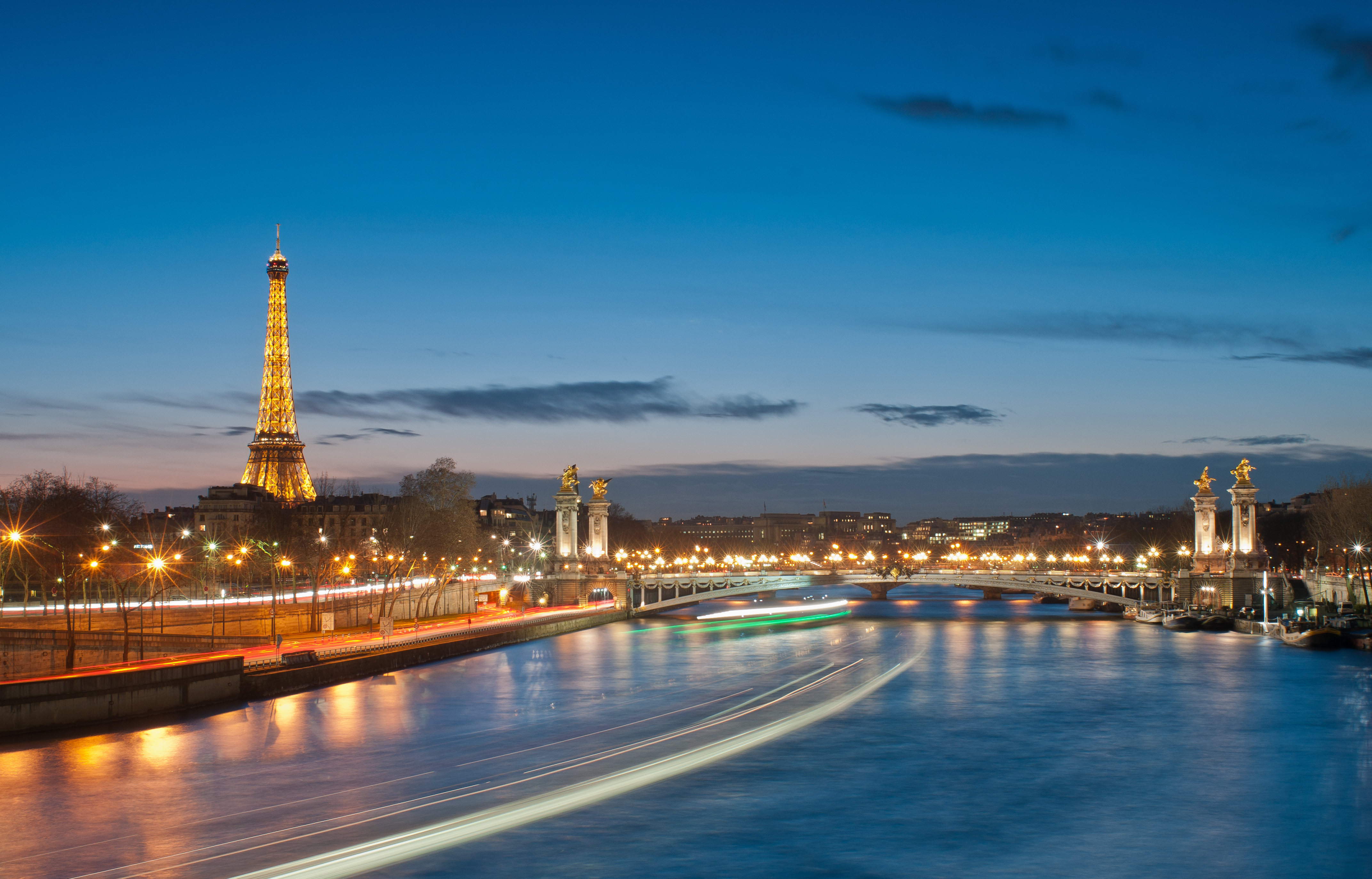10 Fun Facts You Never Knew About Your Favorite Landmarks
When we think of iconic landmarks, images of the Eiffel Tower, the Great Wall of China, or the Statue of Liberty often come to mind. These structures are not just feats of architectural brilliance; they are symbols of culture, history, and human achievement. However, beneath their majestic exteriors lie secrets often overlooked by the millions of tourists visiting them each year. These secrets add layers of intrigue and depth to the landmarks, revealing stories of forgotten histories, hidden chambers, and mysterious legends. This article embarks on a journey to uncover 10 surprising secrets hidden beneath the surface of some of the world’s most famous landmarks, offering a fresh perspective on these global icons. From undisclosed underground networks to unexpected historical artifacts, each section will delve into a unique aspect of these wonders, showcasing how much more there is to discover beyond what meets the eye.
1. The Eiffel Tower: A Secret Apartment in the Sky

The Eiffel Tower, a symbol of romance and engineering prowess, has a secret that many are unaware of: a hidden apartment at its summit. Designed by Gustave Eiffel himself, this private space was intended as a retreat for the engineer and his esteemed guests. Unlike the opulent designs of the era, the apartment is modestly furnished, reflecting Eiffel's preference for simplicity. It includes a small kitchen, a bathroom, and a living area, all offering breathtaking views of Paris. During the tower's early years, the apartment was the subject of much speculation and envy. It was said that Eiffel entertained notable figures such as Thomas Edison, who presented him with a phonograph during a visit. The apartment remained closed to the public for years, adding to its mystique. Today, visitors can glimpse this hidden gem, which has been preserved to reflect its original state. The existence of this apartment not only highlights Eiffel's personal connection to his creation but also serves as a reminder of the era's fascination with scientific progress and innovation.